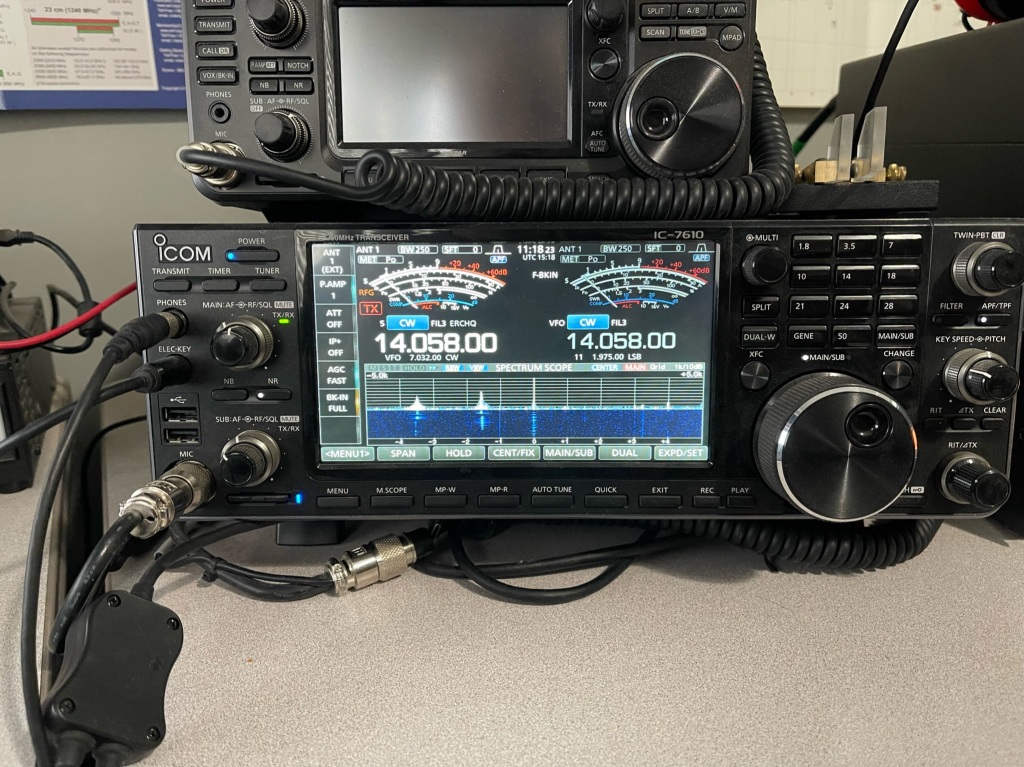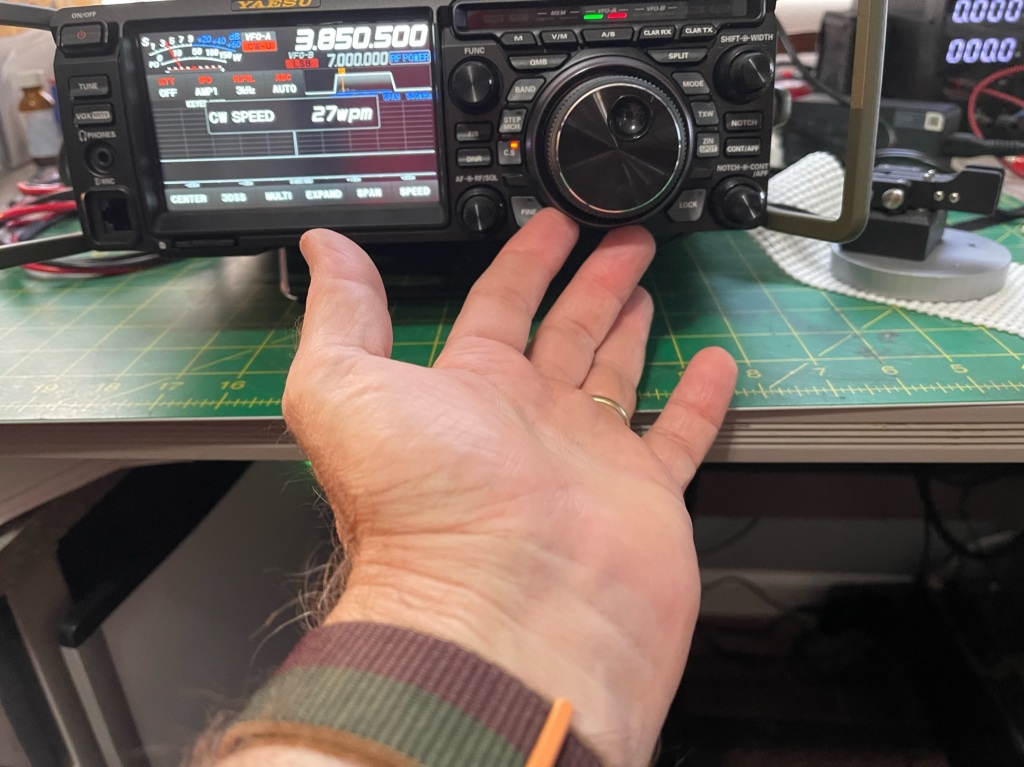I like to keep a foot in both camps. The Icom and Yaesu Camps. When you blog or YouTube and voice an opinion, You should be as straightforward as possible. It’s hard to be objective when you use one radio (or brand) for years, and the other for a couple of weeks. On many levels, it does no one justice. That’s where I found myself a while back.
To be fair, I have used radios from both brands over the years. From the Yaesu camp, I had an FT-817, FT-950, and FTDX3000. From Icom I had an IC-706MKIIG, IC-7000, and IC-746 Pro. Over the last 7 years until now, I have an IC-7300 and an IC-7610. I found myself making comments about the FTDX10 while not actually having one. I decided right then, that to be fair, I needed to own one and not just for a couple of weeks. In October of last year, I bought my FTDX10 and put it to work. First as a field radio and then as a home shack radio. I make sure it gets regular exercise along with my IC-7610. I recently purchased a Yaesu FT-710. I want to try it as a field radio. My initial impressions are pretty good but time will tell. Over the next couple of months, I will be taking it to the field as my primary radio.
How do they stack up? In my opinion, the FT-710 competes and compares with the IC-7300. I would go so far as to say that they are fairly even in actual use. In other words, if you are married to the Yaesu system, then get the FT-710, if you are married to the Icom system, get the IC-7300.
While it is not fair to compare the IC-7300 with the FTDX10, it is also not fair to compare the FTDX10 with the IC-7610. Me, I use the IC-7610 for all my heavy lifting. It is my main shack radio. The FTDX10 I like to use for causal CW and for things like POTA. Each has its pluses and minuses. A while back, I did a comparison between the FTDX10 and the IC-7300, during the CQWW CW contest. Using the same antenna, every signal I heard with the FTDX10, I heard with the IC-7300.
Where does everybody fit in? Like I said earlier, I feel the FT-710 and the IC-7300 are rather comparable. Time will tell as I get more acquainted with the FT-710. The FTDX10, in my opinion, is better than the IC-7300 but not as good as the IC-7610 when looking at the whole picture. The IC-7610 is probably more in line with the FTDX101D.
So far, I like all 4 radios. I don’t plan on selling any of them soon. I like that I can speak from experience when talking about the differences or similarities of the radios. Over the next couple of months, the FT-710 is going to get a workout. I will probably have two trips in May and one trip in June and I plan on using it for Field Day.


























